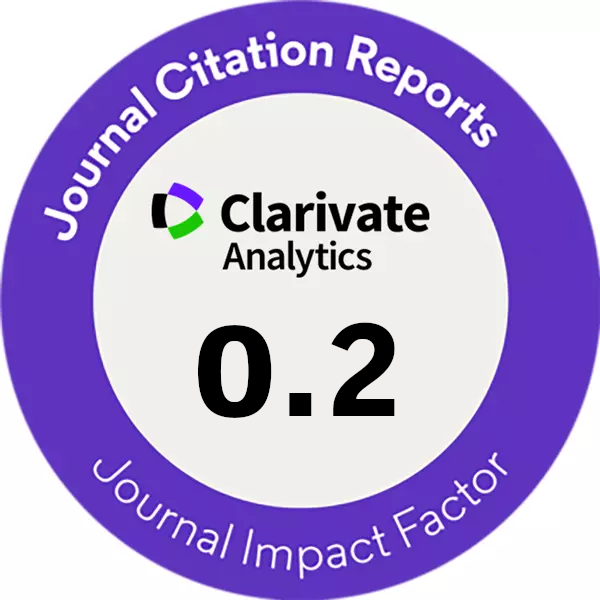LABORATORY EVALUATION ON PERFORMANCE OF GLASS FIBER REINFORCED PLASTIC MORTAR PIPE CULVERTS
DOI:
https://doi.org/10.14311/CEJ.2018.01.0006Keywords:
Mechanic performances, FRPM, Ring stiffness, FatigueAbstract
This paper investigated the performance and behaviour of glass fiber reinforced plastic mortar (FRPM) pipes under different loading conditions. FRPM pipes with inner diameter of 1500 mm were prefabricated in factory. Mechanics performance testing (ring and axial compressive strength and elastic modulus), stiffness and fatigue test were carried out in laboratory. Ring stiffness test provided pipe stiffness (PS) which is a function of geometry and material type of pipe through parallel plate loading test (PPLT). The fatigue test and micro-structure measure method were used to evaluate the durability effects of FRPM under repeated compression load. Results indicated that FRPM pipes had better mechanic performances as the road culverts under soils. It may be helpful for the design and construction of FRPM culverts.
Downloads
References
Arjomandi K,Taheri F.(2011) . “A new look at the external pressure capacity of sandwich pipes.”Marine Structures, Vol. 24, No. 24, pp. 23-42, DOI: 10.1016/j.marstruc.2010.12.001.
Farshad M., Necola A..(2004) . “Effect of aqueous environment on the long-term behavior of glass fiber-reinforced plastic pipes.”Polymer Testing, Vol. 23, No. 2, pp. 163-167, DOI:10.1016/S0142-9418(03)00075-8.
Gargiulo C, Marehetti M, Rizzo A.(1996) . “Prediction of failure envelopes of composite tubes subjected to biaxial loadings.”Acta Astronautica, Vol. 39, No. 5, pp. 355-368, DOI:10.1016/S0094-5765(96)00081-1.
Guo Q L, Bian Y S,Li L L, Jiao Y B, Tao JL, Xiang CX.(2015) . “Stereological estimation of aggregate gradation using digital image of asphalt mixture.” Construction and Building Materials, Vol. 94, pp. 458-466, DOI:10.1016/j.conbuildmat.2015.07.046.
Jeyapalan J K, Thiyagaram M, Saleira W E, et al. (1989). “Analysis and design of RPM and other composite underground pipelines.”Journal of Transportation Engineering, Vol. 115, No. 3, pp. 219-231, DOI:10.1061/(asce)0733-947x(1989)115:3(219) .
Kaynak C, Erdiller E S, Parnas L, et al. (2005). “Use of split-disk tests for the process parameters of filament wound epoxy composite tubes.” Polymer Testing, Vol. 24, No. 24, pp. 648-655, DOI:10.1016/j.polymertesting.2005.03.012.
Li YS, Feng WJ, Cai ZY.(2014) . “Bending and free vibration of functionally graded piezoelectric beam based on modified strain gradient theory.”Composite Structures, Vol. 115, pp. 41-50, DOI: 10.1016/j.compstruct.2014.04.005.
Ouellette H,Beach L.(1981) . “Rehabilitation of sanitary sewer pipelines.”Transportation Engineering Journal of ASCE, Vol. 107, No. 4, pp. 497-513.
Qi H Y, Wen W D. (2001) . “Progress in research on fiber-reinforced composite fatigue.” Materials Reviews, Vol. 15, No. 1, pp. 36-38.
Rafiee R, Amini A.(2015). “Modeling and experimental evaluation of functional failure pressures in glass fiber reinforced polyester pipe.”Computational Materials Science, Vol. 9, pp. 579-588, DOI:10.1016/j.commatsci.2014.03.036.
Rafiee R, Reshadi F. (2014) . “Simulation of functional failure in GRP mortar pipes.” Composite Structures, Vol. 113, No. 1, pp. 155-163, DOI: 10.1016/j.compstruct.2014.03.024.
Roy A K, Tsai S W.(2012) . “Three-Dimensional effective module of orthotropic and symmetric laminates.”Journal of Applied Mechanics, Vol. 59, No. 1, pp. 39-47,DOI:10.1115/1.2899462.
Sung H Y, Jin O O.(2015) . “Prediction of long term performance for GRP pipes under sustained internal pressure.” Composite Structures, Vol. 134, pp. 185-189,DOI:10.1016/j.compstruct.2015.08.075.
Xia M,Takayanagi H, Kemmochi K. (2001) . “Analysis of multi-layered filament-wound composite pipes under internal pressure.” Composite Structures, Vol. 53, No. 4, pp. 483-491,DOI:10.1016/S0263-8223(01)00061-7.
Xu Ying, WenW D, Cui H P. (2006) . “A cumulative damage prediction method of low velocity impacts on laminated composites.” Journal of Materials Science and Engineering, Vol. 24, No. 1, pp. 77-81.
Downloads
Published
Issue
Section
License
Copyright (c) 2023 Author

This work is licensed under a Creative Commons Attribution-NonCommercial 4.0 International License.
Authors who publish with this journal agree to the following terms:
- Authors retain copyright and grant the journal right of first publication with the work simultaneously licensed under a Creative Commons Attribution License that allows others to share the work with an acknowledgement of the work's authorship and initial publication in this journal.
- Authors are able to enter into separate, additional contractual arrangements for the non-exclusive distribution of the journal's published version of the work (e.g., post it to an institutional repository or publish it in a book), with an acknowledgement of its initial publication in this journal.
- Authors are permitted and encouraged to post their work online (e.g., in institutional repositories or on their website) prior to and during the submission process, as it can lead to productive exchanges, as well as earlier and greater citation of published work (See The Effect of Open Access).










